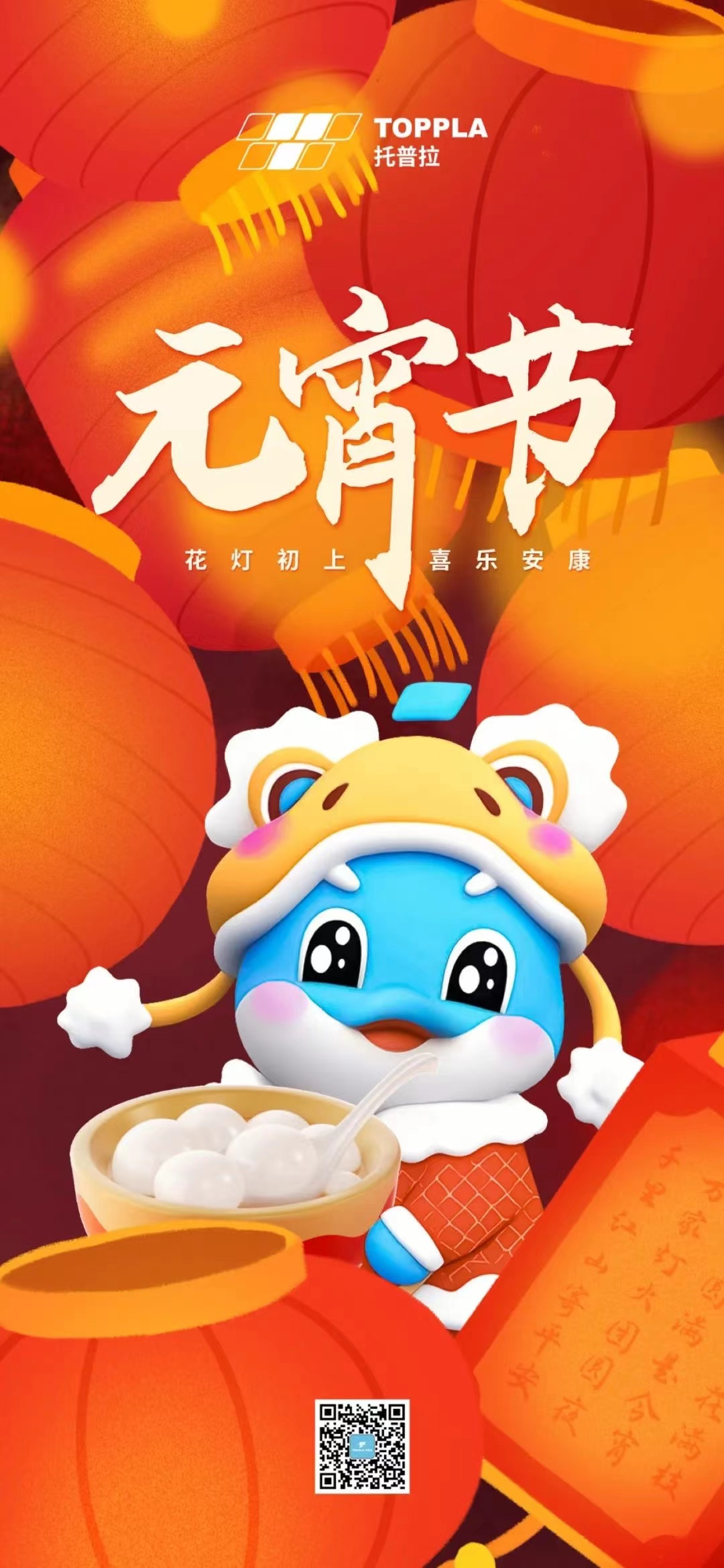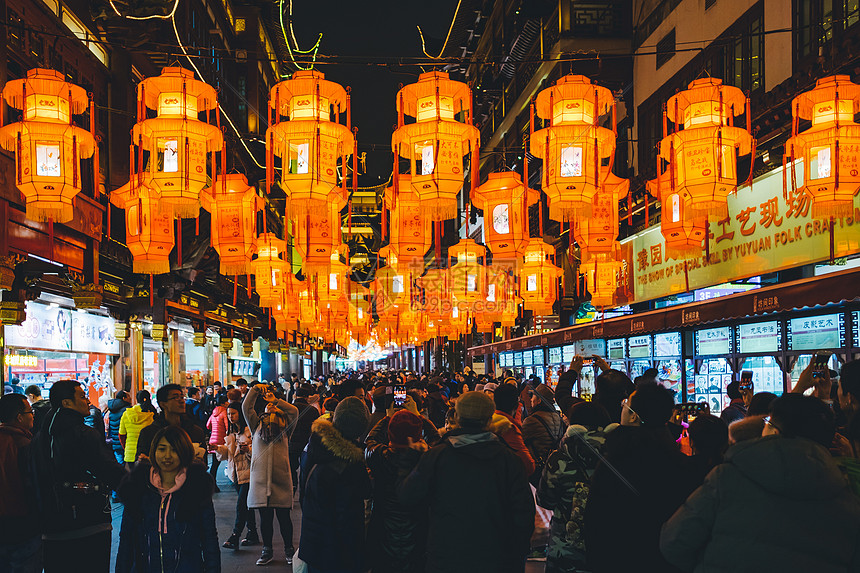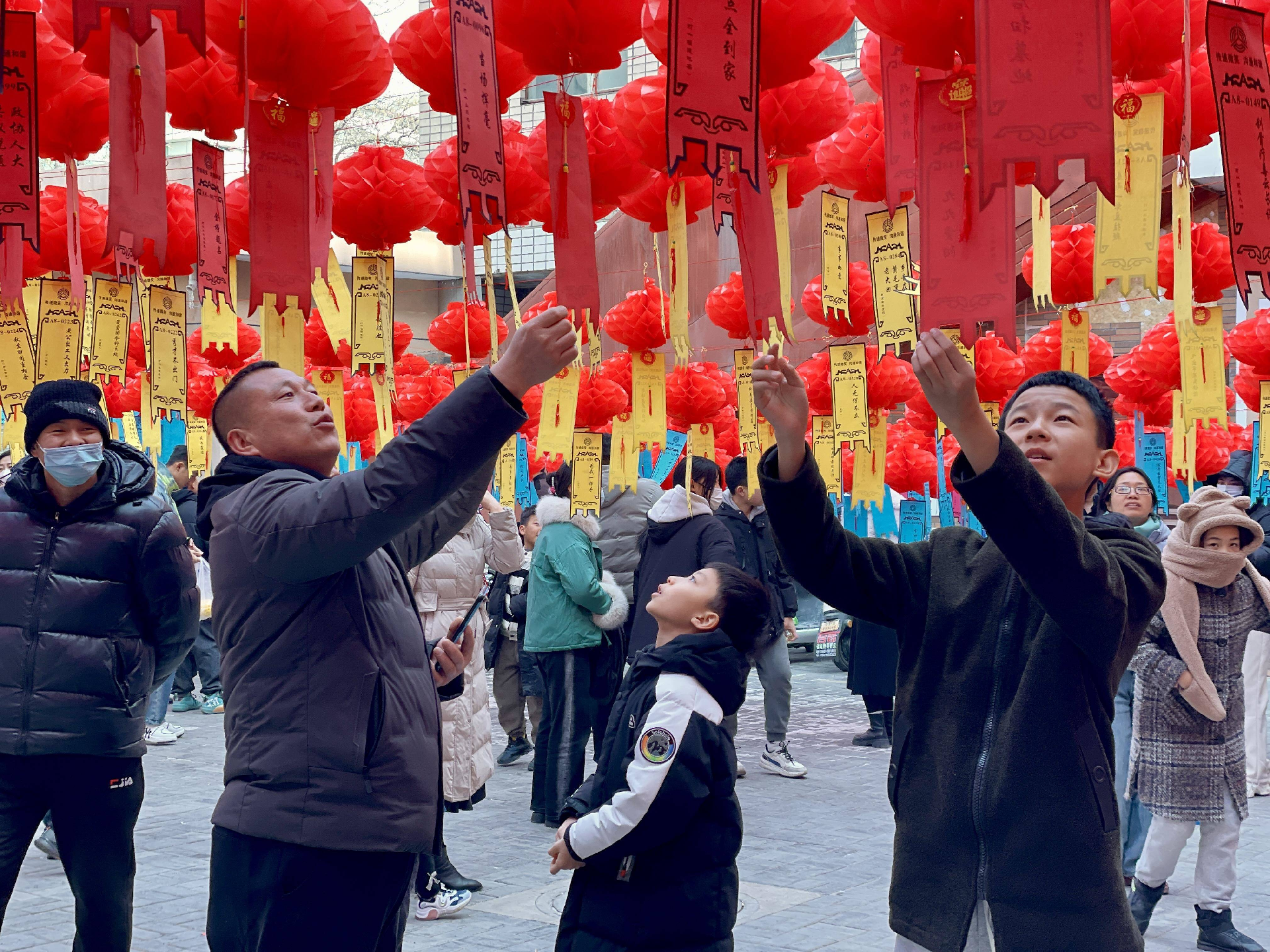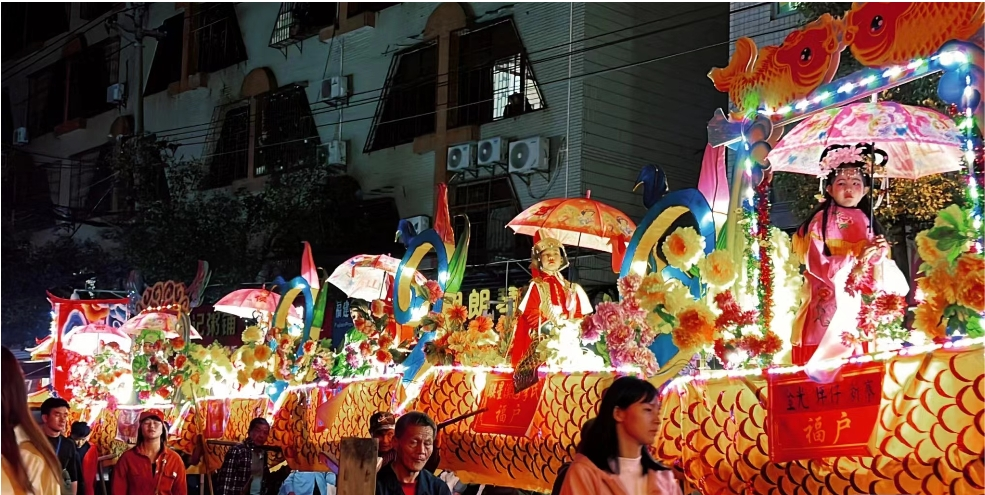Service Hotline
400-138-0592
As the Lantern Festival arrives, marking the grand finale of the Chinese New Year celebrations, cities and villages across China come alive with dazzling lights, festive performances, and joyful gatherings. This special occasion, also known as Yuanxiao Festival (元宵节), falls on the 15th day of the first lunar month, bringing families together to appreciate the beauty of lanterns, enjoy delicious tangyuan, and take part in lively traditions.

A Festival of Lights and Traditions
The Lantern Festival is deeply rooted in Chinese culture and has been celebrated for over 2,000 years. The festival’s customs and activities vary by region, but the essence remains the same—celebrating light, unity, and hope for the future.
1. Lantern Displays: A Night of Dazzling Lights
The most iconic tradition of the Lantern Festival is the display of elaborate, glowing lanterns. These lanterns come in various shapes and sizes, from small hand-held designs to massive, intricately crafted installations that depict dragons, phoenixes, zodiac animals, and historical scenes. Some cities, like Zigong in Sichuan, are famous for their grand lantern exhibitions, attracting thousands of visitors every year.
Beyond their artistic beauty, lanterns symbolize prosperity, enlightenment, and the guiding light of the new year. In many places, people release sky lanterns, watching as they float into the night sky, carrying their wishes for happiness, success, and good fortune.

2. Guessing Lantern Riddles: A Test of Wit and Wisdom
One of the most intellectually stimulating activities during the Lantern Festival is the tradition of guessing lantern riddles (猜灯谜). These riddles are written on small slips of paper attached to lanterns, challenging festival-goers to solve clever word puzzles. The riddles often involve puns, historical references, and Chinese idioms, requiring both knowledge and creativity to crack.
This tradition dates back to the Song Dynasty and remains a popular and entertaining way for families and friends to engage in a friendly test of intelligence. Many local festivals and shopping centers hold riddle competitions, where participants who solve the most riddles win prizes.

3. The Spectacular Dragon and Lion Dances
The dragon dance and lion dance are among the most exciting highlights of the Lantern Festival. These traditional performances, accompanied by the rhythmic beats of drums, cymbals, and gongs, are believed to ward off evil spirits and bring good fortune for the coming year.
On February 14, an awe-inspiring "Dragon Art Lantern Festival Parade" (龙艺闹元宵) took place in Pinghe County, Fujian Province. This spectacular event featured the longest dragon lantern in history, stretching 400 meters with 125 segments. The grand parade, which included traditional drumming teams, beautifully decorated floats, and synchronized dance troupes, formed a 2-kilometer-long procession that marched through major streets for nearly four hours. This massive celebration attracted tens of thousands of spectators, showcasing the power and beauty of traditional Chinese festival culture.
In addition to dragon dances, lion dances also take center stage during the Lantern Festival. Performers dressed in vibrant lion costumes leap, roll, and balance on high platforms, demonstrating strength, agility, and teamwork. These performances not only entertain the crowd but also represent the lion’s role as a guardian, protecting communities from misfortune.

4. Chaozhou Yingge Dance: A Unique Folk Art Performance
A standout feature of the Lantern Festival in southern China is the Chaozhou Yingge Dance (潮汕英歌舞), a traditional folk dance originating from the Chaoshan region of Guangdong. This energetic performance combines elements of martial arts, storytelling, and synchronized group movements. Dancers, dressed as legendary warriors, wield wooden sticks and perform powerful, rhythmic movements that captivate audiences.
The Yingge Dance is not only a form of entertainment but also a cultural treasure that represents courage, strength, and historical pride. It is often performed in major Lantern Festival celebrations, drawing large crowds who admire the dynamic and heroic energy of the performance.
5. Eating Tangyuan: A Sweet Symbol of Togetherness
No Lantern Festival celebration is complete without a bowl of tangyuan (汤圆), a sweet glutinous rice ball often filled with black sesame, red bean paste, peanut, or osmanthus wine. The round shape of tangyuan represents family unity and completeness, making it a symbolic and delicious treat for this occasion.
Eating tangyuan is more than just a culinary tradition—it reflects the deep cultural value placed on family bonds, reunion, and harmony. In northern China, these rice balls are also called yuanxiao (元宵), and their preparation method differs slightly from tangyuan in the south, but their meaning remains the same.
As lanterns glow across the night sky and families gather to celebrate, Toppla extends its warmest wishes for a joyous, prosperous, and harmonious Lantern Festival. May this festival bring happiness, good fortune, and success to you and your loved ones.Let’s cherish the beauty of tradition, embrace the spirit of reunion, and look forward to a bright year ahead.